Famous American factories that turned to rust
From boom to rust
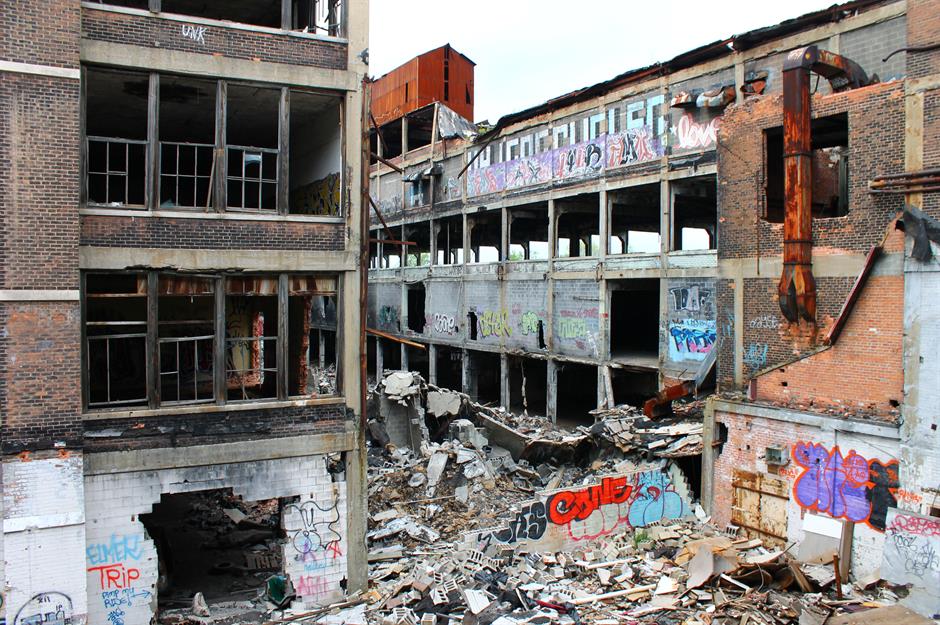
In the early 20th century, Midwestern cities were booming. There were plenty of jobs in the burgeoning manufacturing industry, where everything from meat to motorcars was being produced at speeds never seen before. But in the century since, new technology and cheap labor have changed the face of manufacturing, luring factories to foreign shores. Although some of these plants have been preserved, others, once the jewels in the Midwestern crown, lie abandoned. Read on to see the haunting photos of America's famous Midwest factories that are no more.
Ford Piquette Plant, Detroit, Michigan

Detroit, aka Motor City, was once the epicenter of the American automotive industry. This was thanks in part to Henry Ford, who established his factories around Piquette Avenue. Built in 1904, the Ford Piquette Plant is the birthplace of the Model T, the world's first mass-produced car. It was also the first automotive factory to operate an assembly line, an innovation that changed manufacturing forever. Standing on 3.1 acres, the 402-by-56-foot building used 355 double-hung windows to admit natural light and ventilation to make life more comfortable for the thousands of people who worked there. The facility was also one of the first to feature a sprinkler system, something Ford himself insisted on after a fire destroyed one of his other factories in 1901.
Ford Piquette Plant, Detroit, Michigan
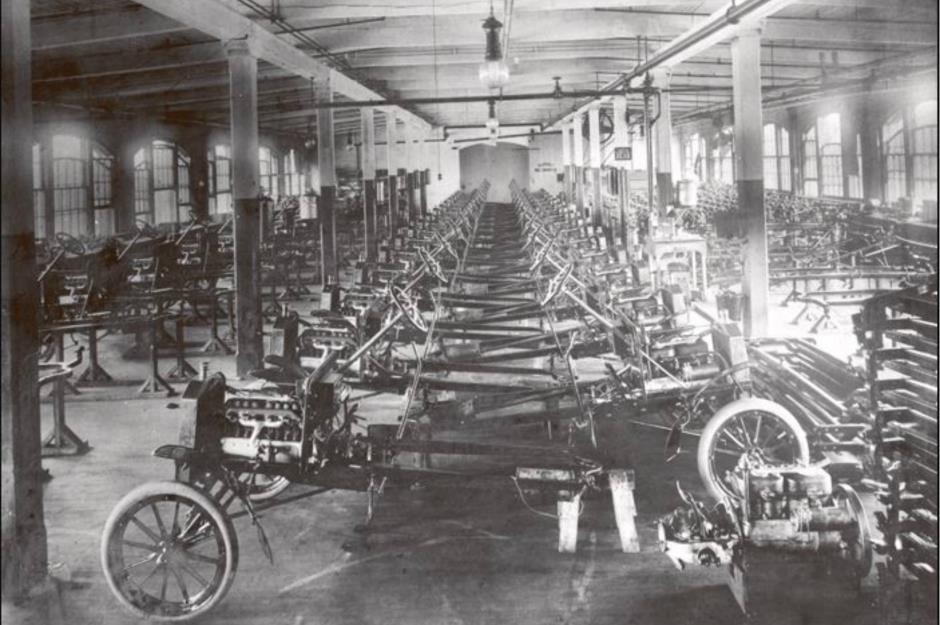
At its peak, the Piquette Plant was churning out over 100 cars a day. By 1910, this success meant that Ford had to move to a bigger plant, so he sold the site to Studebaker. Although Studebaker closed its doors in 1967, the plant remained a car manufacturer for most of the 20th century, even as it was shunted from owner to owner. It finally fell into disrepair in the 1980s, as car companies left Detroit in droves.
Ford Piquette Plant, Detroit, Michigan
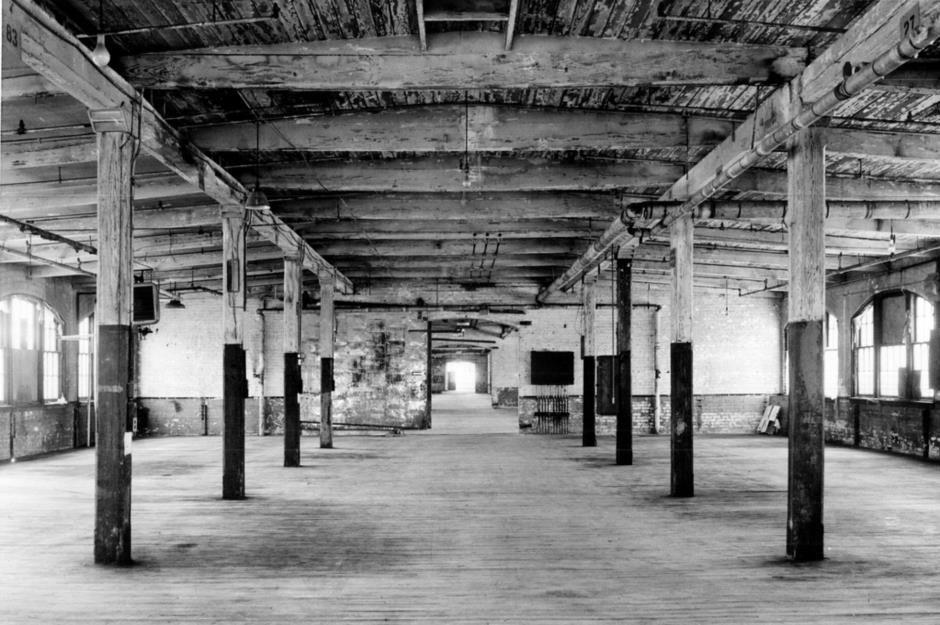
Ford Piquette Plant, Detroit, Michigan
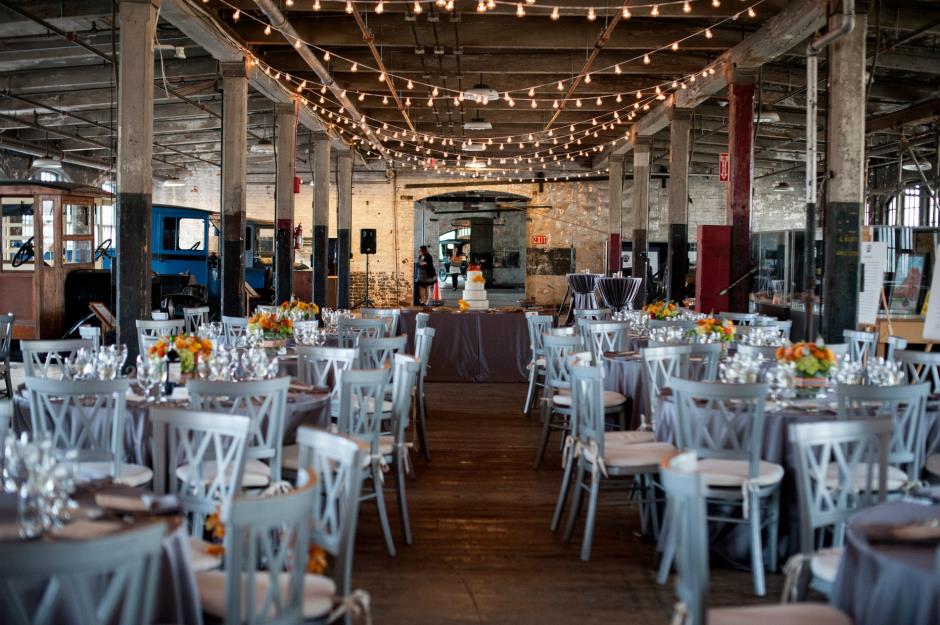
Armour Meat Packing Plant, East St Louis, Illinois
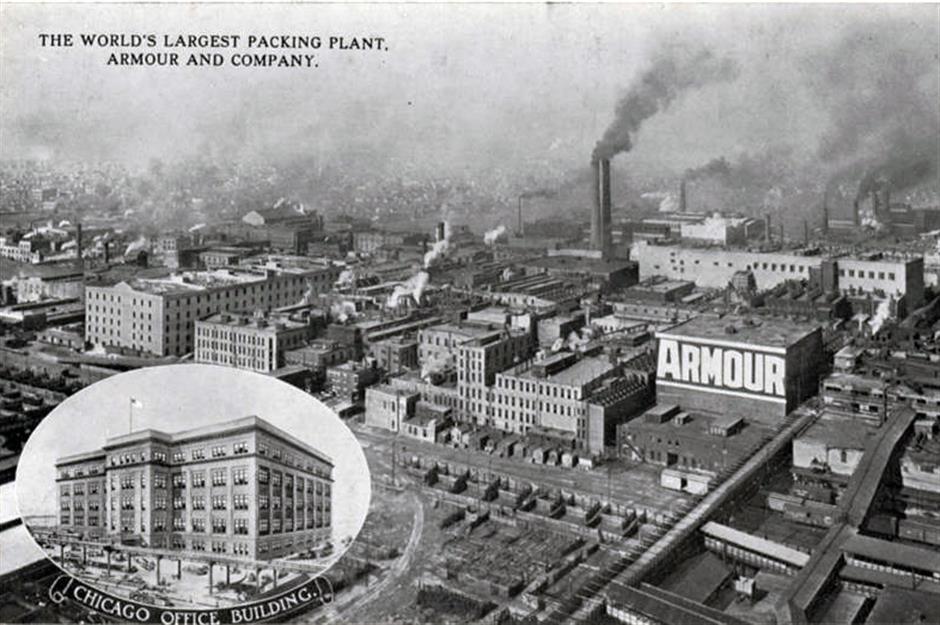
Armour Meat Packing Plant, East St Louis, Illinois

Armour Meat Packing Plant, East St Louis, Illinois
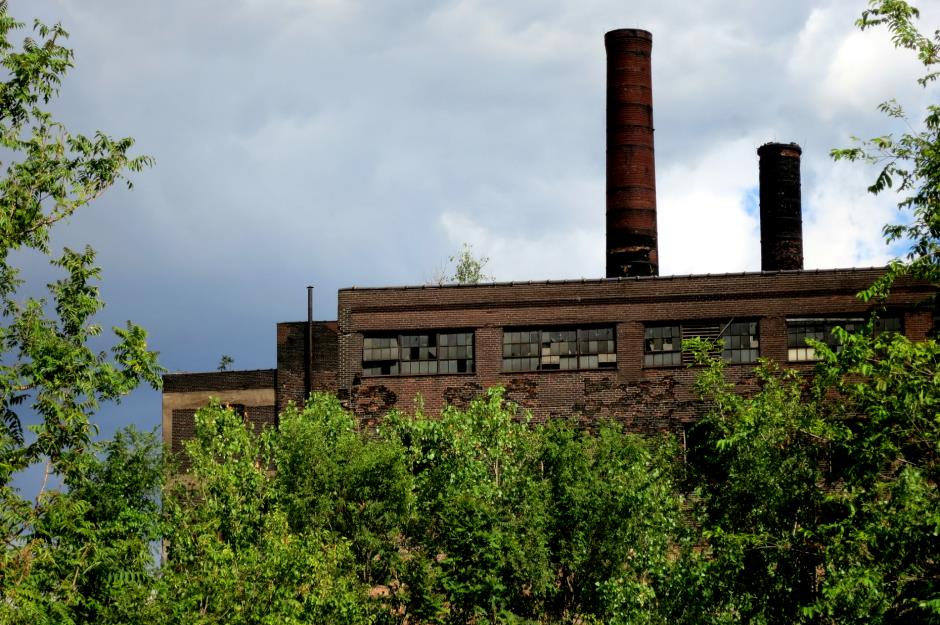
Although Armour died in 1901, the plant continued to thrive. Before World War II, the Armour meat packing plant was one of the largest in the US. People even came to visit the plant as a tourist attraction, drawn by its macabre production line and 210-feet smokestacks. But as refrigeration changes the meat packing industry in the 1950s, the Armour plant was eventually forced out of business. It shut its doors in 1959 and, after lying abandoned for around fifty years, was eventually demolished in 2016.
Fisher Body Plant 21, Detroit, Michigan
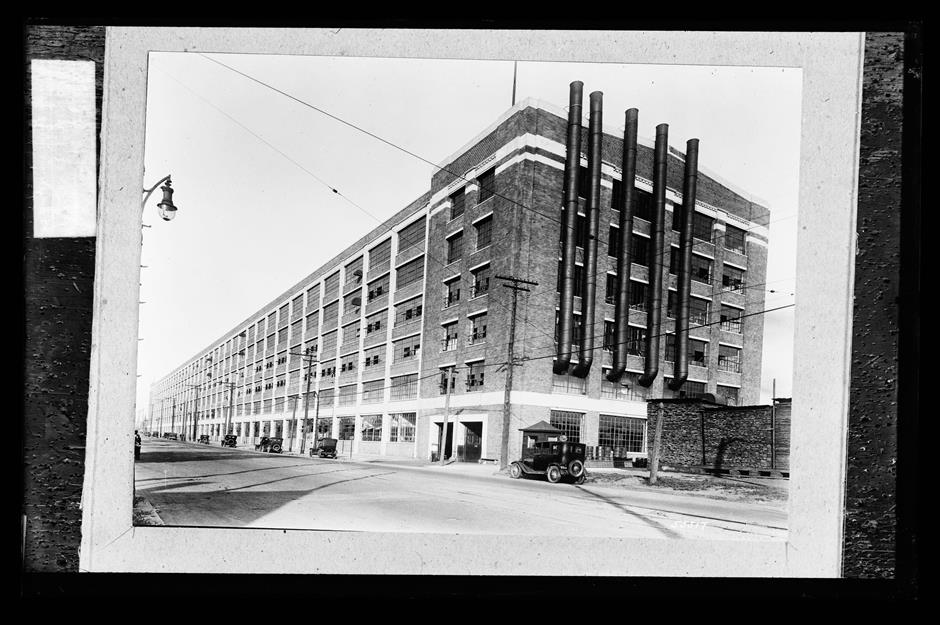
The Fishers were one of the founding families of the American car industry. They built horse-drawn carriages from the mid-1800s and invested heavily in auto manufacturing from as early as 1900. In 1908, they moved from Norwalk, Ohio to Detroit to launch the Fisher Body Company, a firm that quickly became the world's largest manufacturer of auto bodies. The company had eight sites around Piquette Avenue in downtown Detroit, the biggest of which was Fisher Body Plant 21 (pictured). In 1919, the company was sold to General Motors but retained its name and its sites. At one point, the business employed over 100,000 people around the world.
Fisher Body Plant 21, Detroit, Michigan
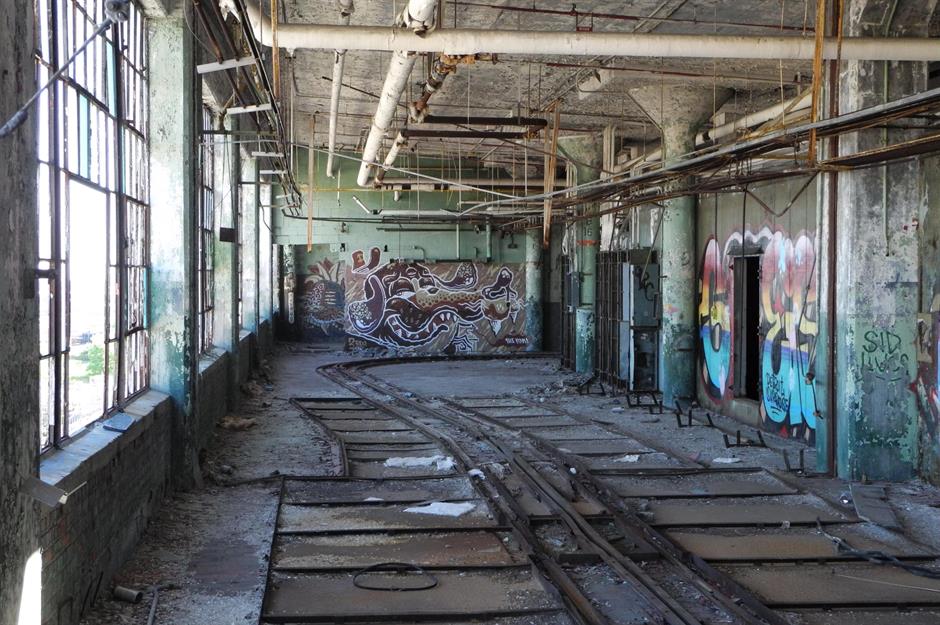
By 1916, the Fisher Body Corporation had a capacity of 370,000 car bodies per year. Its customers included Abbot, Buick, Cadillac, Chalmers, Chandler, Chevrolet, Ford, Herreshoff, Hudson, Oldsmobile, Packard and Studebaker. But when fully integrated chassis were invented, many car companies began to produce the parts they needed in-house. This removed the need for third-party companies such as Fisher Body. In the 1950s, the plant was repurposed by Cadillac and changed hands several times over the next 30 years. It has been out of use since 1993 and the city of Detroit officially took ownership of the building in 2000. It quickly became a popular spot with urban photographers who have documented the plant's decline.
Fisher Body Plant 21, Detroit, Michigan
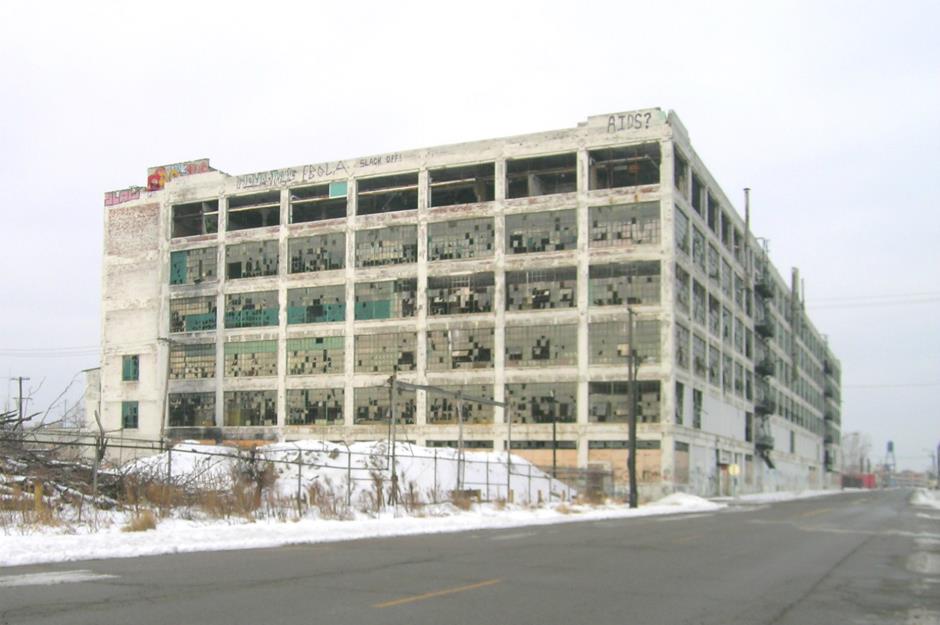
After Detroit declared bankruptcy in 2013, it started working on plans to regenerate its downtown area and bring some much-needed growth to the city. The authorities spent years looking for developers to renovate Fisher Body Plant 21, after launching a $1 million project to start ridding the building of asbestos and other dangerous materials, and proposals have ranged from nightclubs and condos to museums and 'modular facilities'. Work is now underway to turn the building into Fisher Lofts, a mixed residential and commercial space that's expected to open in 2027.
KD Station, Sioux City, Iowa
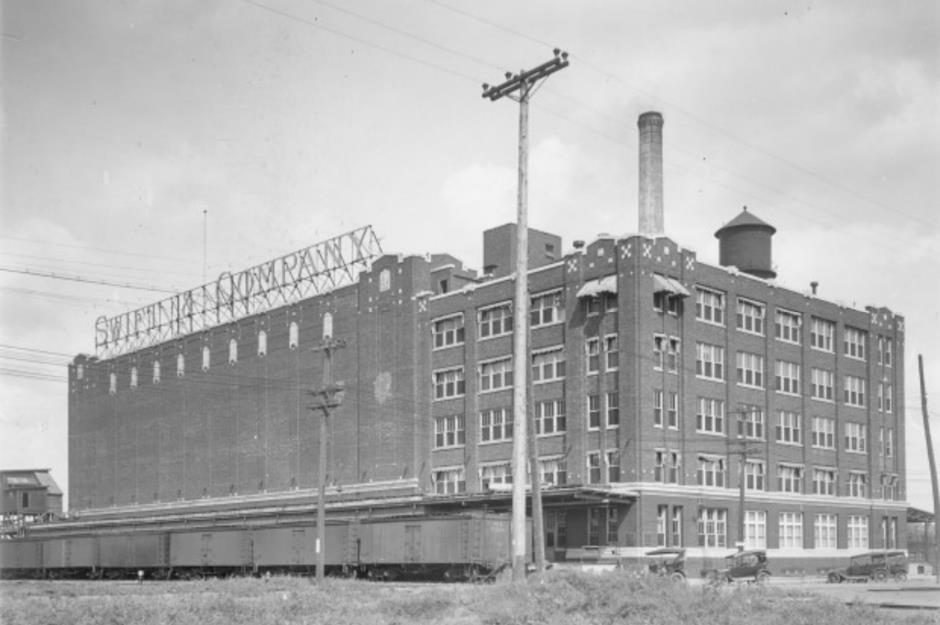
KD Station, Sioux City, Iowa
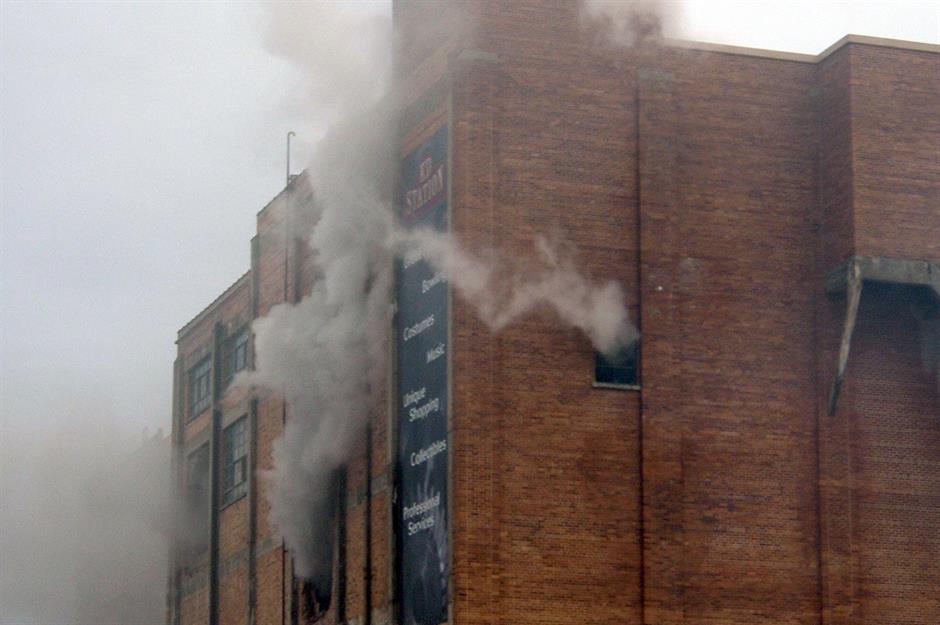
Hudson Plant, Detroit, Michigan
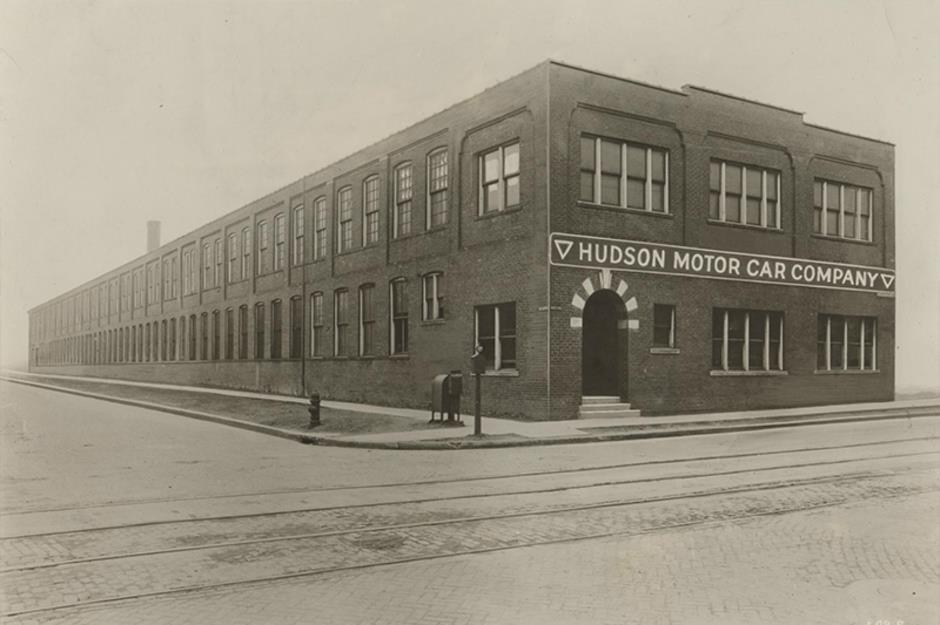
Hudson Plant, Detroit, Michigan

Chevrolet Plant, Muncie, Indiana
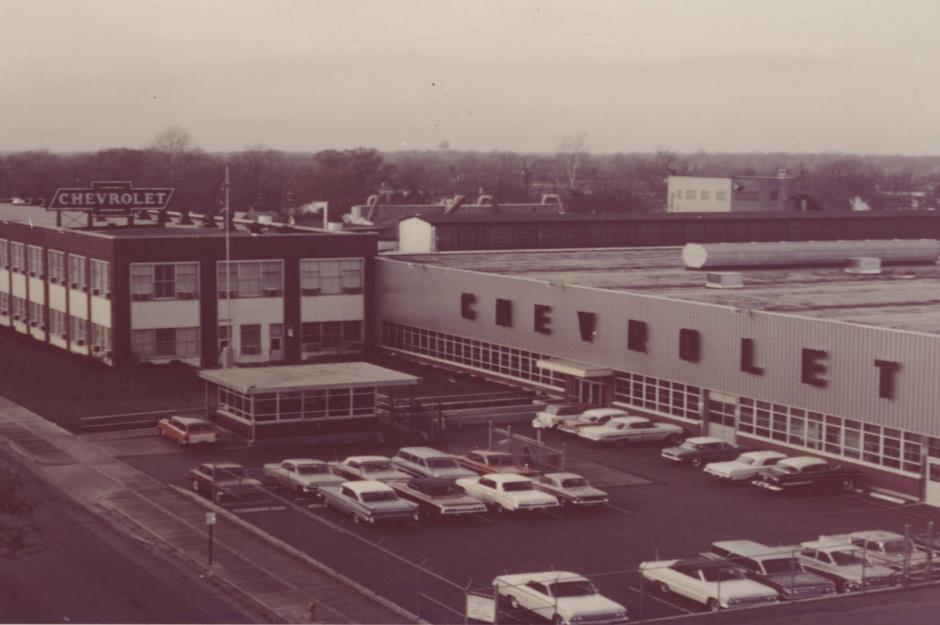
Chevrolet Plant, Muncie, Indiana
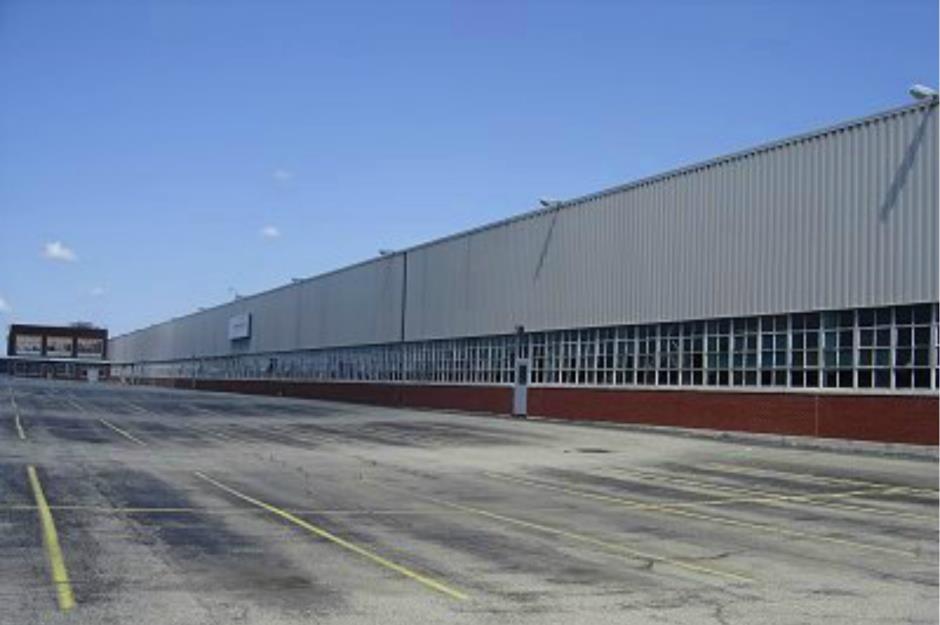
In 1935, the plant began manufacturing transmissions for cars and trucks. It built a number of new facilities throughout the 50s and 60s to accommodate its growing product line, but this winning streak wasn't to last. The company later faced a series of recessions and workers' strikes, forcing it to close facilities across the country. The Chevrolet-Muncie plant was among them. The factory closed in 2006, after a number of unsuccessful partnerships. According to the Indiana Business Journal, Indiana has lost more than 20,000 car manufacturing jobs since 1999.
Packard Plant, Detroit, Michigan
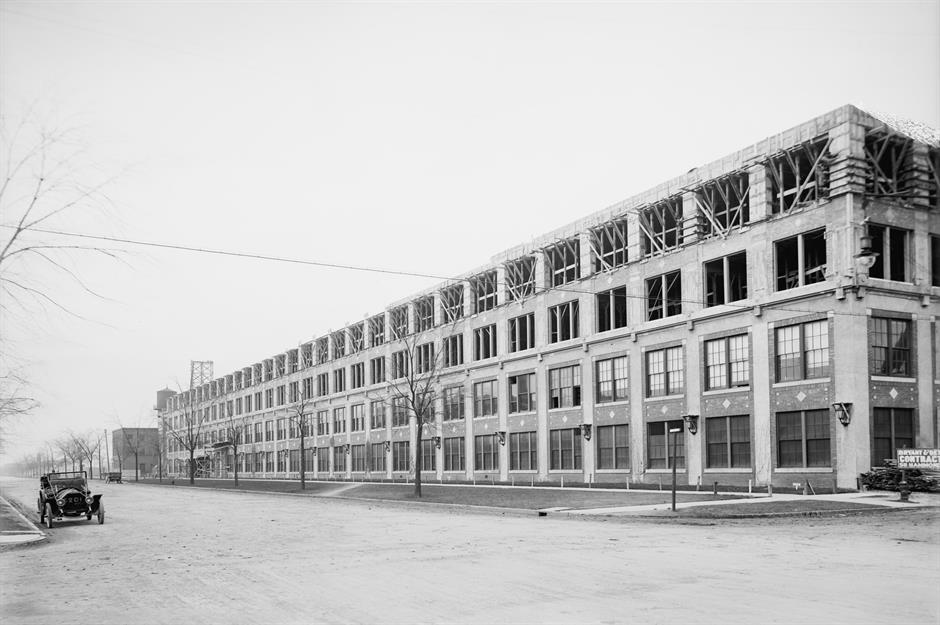
The Packard Automotive Plant was once of the largest plants in Detroit, making luxury cars for the Packard Motor Car Company and later the Studebaker-Packard Corporation. The 4 million-square-foot plant is located on 40 acres of land, once a cow pasture, on the city's east side. It was a major development when it was built and the Packard Plant, which included the first use of reinforced concrete in the United States, employed skilled workers in more than 80 trades. But as the automobile bubble burst in the late 1950s, Packard's business model couldn't keep up and the company went bust in 1956. Two years later, the last plant caretaker left the building.
Packard Plant, Detroit, Michigan

Packard Plant, Detroit, Michigan
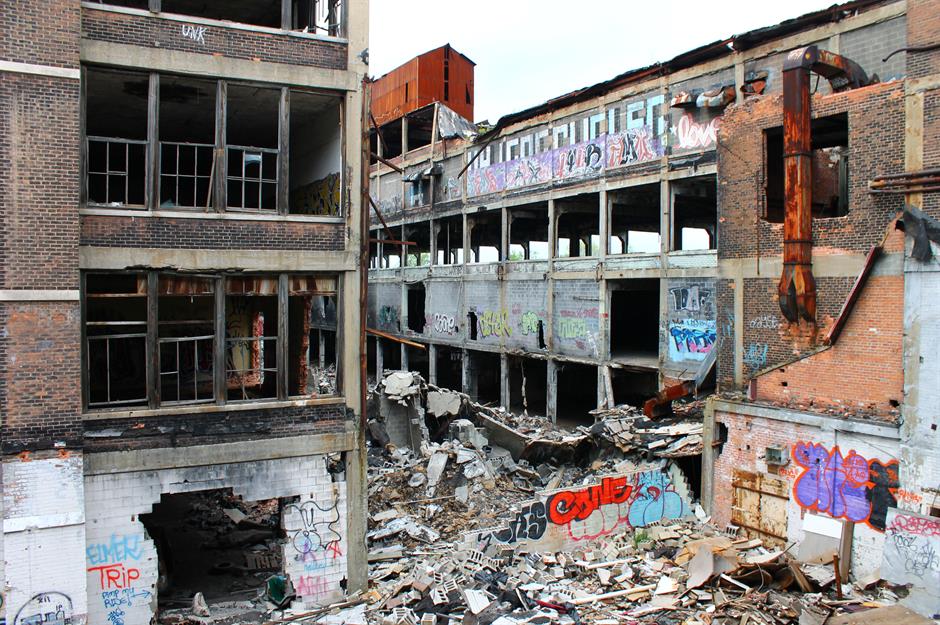
The site has gone through several owners over the past year but no progress was made in bringing it back to life. Though the city reportedly planned to save some parts of the building to preserve its legacy, all structural components of the plant were demolished by December 2024.
Auto Armageddon? Why the EV revolution has sparked a car industry crisis | lovemoney.com
Comments
Do you want to comment on this article? You need to be signed in for this feature